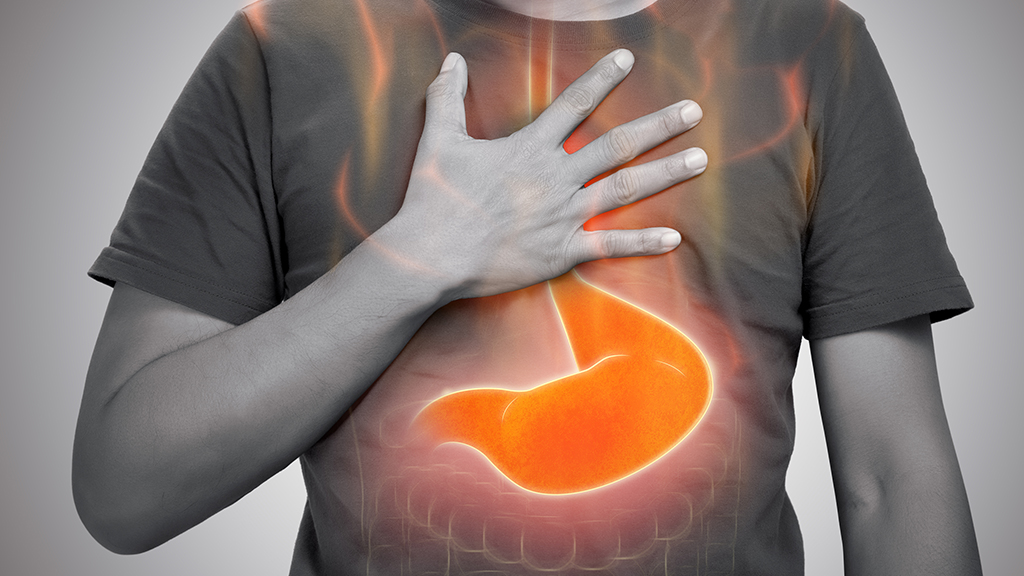Abstract
In this directed case study, students follow a discussion between “Jerry,” a diabetic and former smoker struggling with gastroesophageal reflex disease (GERD), and his primary care physician. Jerry’s diagnosis provides an opportunity for students to examine the process of stomach acid production and its regulation via the cells of the gastric pit and parasympathetic nervous system. Students learn how acetylcholine, histamine, and gastrin enhance, while somatostatin reduces, stomach acid production. As Jerry explores his treatment options, students compare the mechanism and effectiveness of antacids, H2 blockers, and proton pump inhibitors. The case is designed for a lower-level undergraduate anatomy and physiology course and can be completed in one 50- or 75-minute class period or assigned as homework. While it is recommended that students have prior knowledge of stomach acid production and the cells of the gastric pit, the design of the case allows for students to learn (not just reinforce) these concepts.



